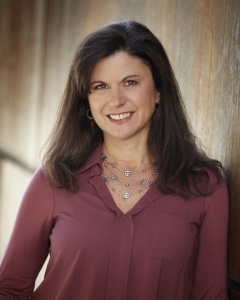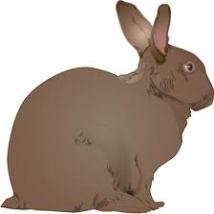Posted by Linda Apple
www.LindaApple.com
“If the desire to write is not accompanied by actual writing, then the desire must be not to write.” ~ Hugh Prather
It seems lately that I’ve not been as concerned with the nuts and bolts of writing as much as the mindset of writing. After all, if your mindset isn’t right, you either are not writing or not doing your best work.
So today I want to know. Are you a writer? Or are you someone who talks writing? Do you attend conferences to rub shoulders with writers and talk the game or are you there to network in hopes of promoting and selling something you have already written? It’s so easy to talk the lingo and play the game. But what does that accomplish?
Nothing.
I know some writers who were rejected after their first few submissions. They were offended. Discouraged. So what did they do? They picked up their pencils and went home.
Then there are writers who refuse to accept constructive critiques. They argue defensively and eventually, when no one wants their work, they start talking the talk instead of writing the words.
Rejection and critique are not the writer’s enemies. Quite the opposite, they are the gym where the writer grows stronger. Avoiding the computer or pen and paper is the writer’s true enemy.
Gene Fowler is attributed to saying, “Writing is easy. All you do is sit, staring at a blank sheet of paper until drops of blood form on your forehead.”
It is discouraging and seems hard sometimes. I get it. But don’t quit. Get in the writing habit. Write a paragraph every day. Perhaps an observation about life or something you heard on the news. Start writing for contests. Even if you don’t win, you will have written. AND the entries that do not win are the bones for pieces that WILL win in the future or something you can submit. Don’t quit!
My agent, Terry Burns, makes this promise: “There is only one guarantee in writing. If you don’t write, you won’t be published. So don’t be a talker, please. Be a writer! Don’t give up! Keep it up! Write!
My question is this, are you a writer or a one who talks about writing? Are you discouraged? What are you doing about it?
To all of you who have overcome discouragement, what words of advice do you have for those who are struggling?













